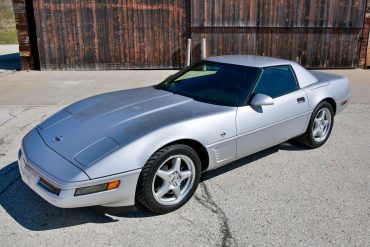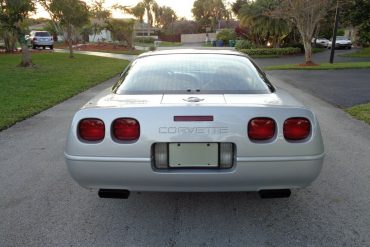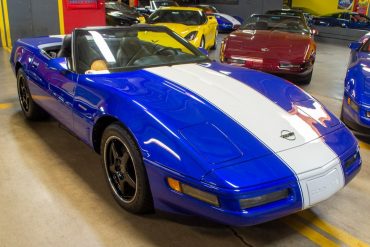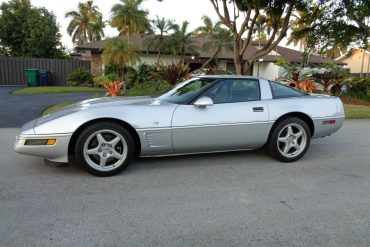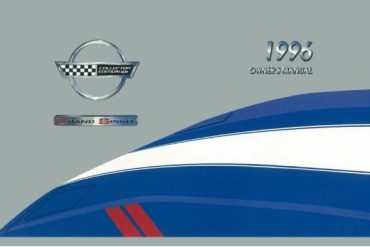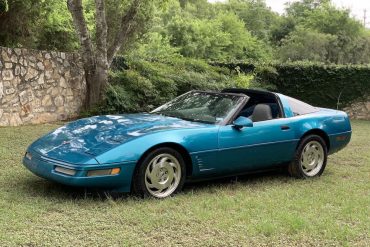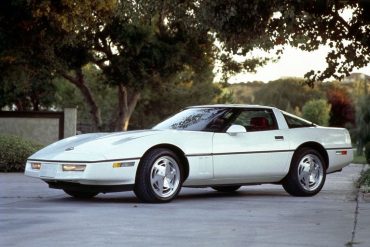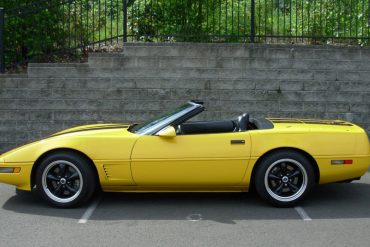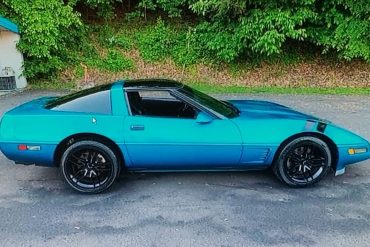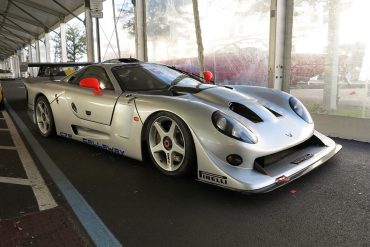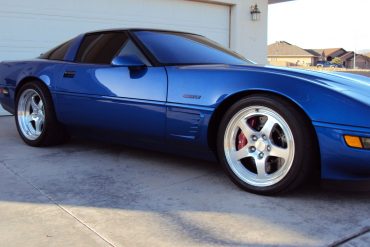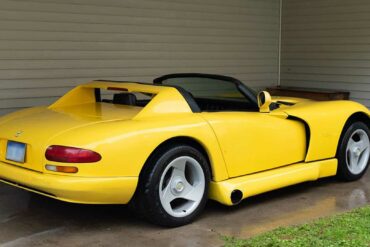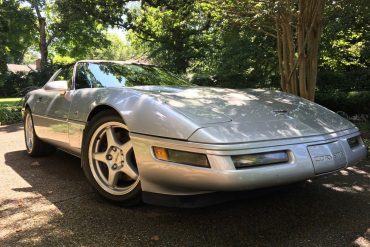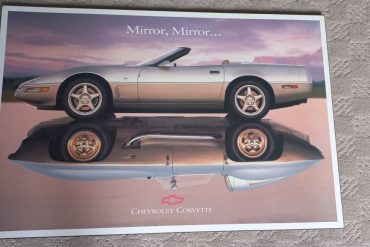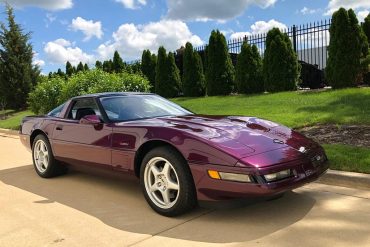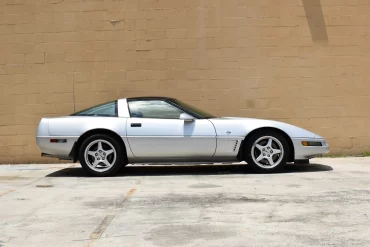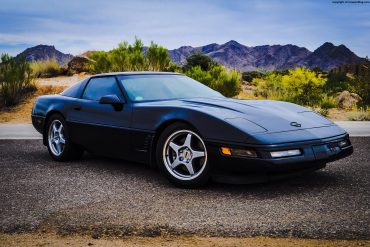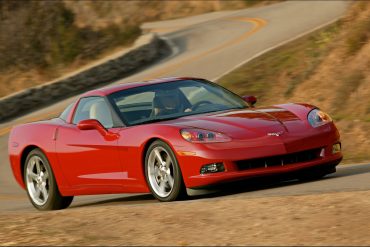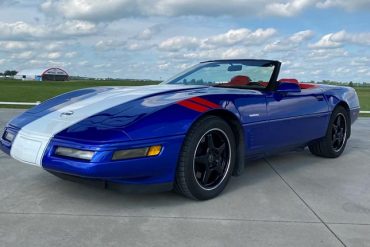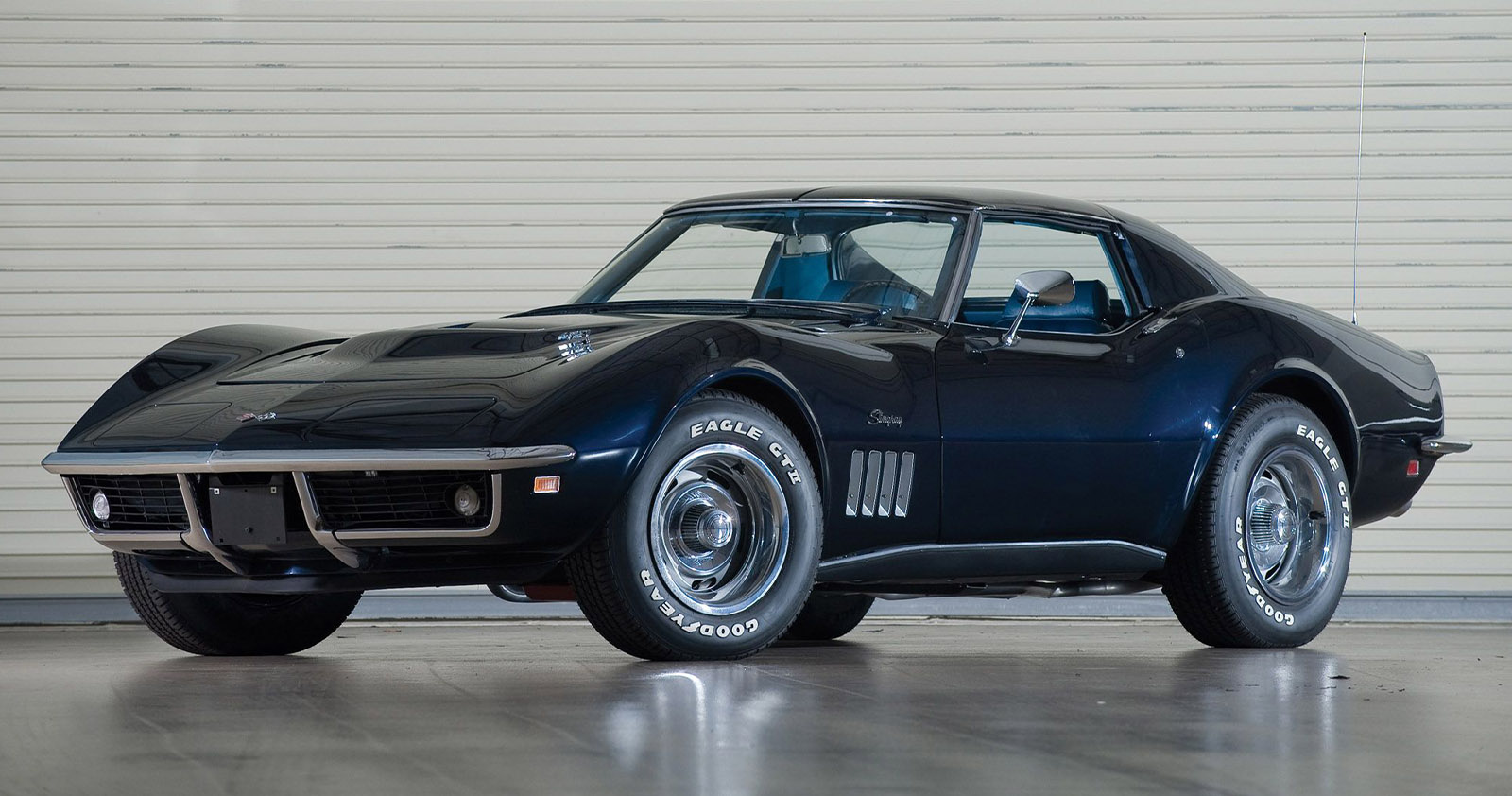For all 1996 Corvettes, the Vehicle Identification Number was stamped on a plate on the inner vertical surface of the left windshield pillar visible through the windshield.
Looking for information on how to maintain your 1996 Corvette? We've curated resources to help you keep your Corvette in great shape for years to come!
For Sale: A Rare 1996 Corvette Grand Sport Convertible Here’s your chance to buy one of the rarest Corvette models...
For Sale – A Beautiful, Low-Mileage, 1996 Collectors Edition Corvette Coupe With summer just a few, short months away, now...
This Owners Guide contains important information regarding the operation and maintenance of your 1996 Corvette. In order to obtain maximum enjoyment and usage from your car, we suggest that you familiarize yourself with the contents...
Get a Beautiful Corvette Coupe The C4 Corvette’s last year was 1996, and the car was a seriously good version...
C4 Corvette Car Covers Corvette Gray 7 Layer Waterproof Car Cover Made for all C4 Corvettes, this car cover with...
Competition Yellow 1996 Chevrolet Corvette We found some examples of 1996 Corvette in the Competition Yellow color scheme. These real Competition...
Bright Aqua 1996 Chevrolet Corvette We found some examples of 1996 Corvette in the Bright Aqua color scheme. These real Bright Aqua paint...
The Callaway C7 was a completely new, purpose-built car designed to embody the company’s motto: “Powerfully Engineered Automobiles”, carrying on the visual tradition of design by Paul Deutschman and offered in a limited production series. The C7 was the first complete, bespoke Callaway Automobile. This sportscar was equipped with a carbon chassis, front mid engine/rear transaxle design, 650 horsepower SuperNatural engine.
Admiral Blue 1996 Chevrolet Corvette We found some examples of 1996 Corvette in the Admiral Blue color scheme. These real Admiral Blue paint...
This is what a 1996 C4 Corvette kit car would look like if fitted with Dodge Viper body. Tell us...
This 1996 Collector’s Edition Corvette For Sale on Ebay Looks Like a Great Buy Few fourth-generation Corvettes are more desirable...
1996 Corvette Ads We have curated a cool list of all the 1996 Corvette advertisements, commercials and posters we could...
Dark Purple 1996 Chevrolet Corvette We found some examples of 1996 Corvette in the Dark Purple color scheme. These real Dark Purple paint pictures...
Chevrolet knows their clientele, and with the 1996 Corvette Collector's Edition LT4, the automaker put together a special package that would entice hard-core 'Vette fans with a unique tribute to the outgoing C4 model. The $1250 option brought unique Sebring Silver Metallic paint, 5-spoke wheels, and, of course, special badges and embroidery. It also received the upgraded LT4 powerplant available in the Grand Sport, and with 330 horsepower on tap.
Browse 1996 C4 Corvette pictures, photos, and images. Explore and get inspired by hundreds of interior, exterior and action photos.
1966 Corvette Resto-Mod – More Than Meets the Eye! So you’re looking for a classic Corvette with the performance and...
The Models To Buy If You’re Buying Your First Collector Corvette. You Can’t Go Wrong With These Classics. Collecting Corvettes...
A C4 Worth Having In its last year of production, the Chevrolet C4 Corvette was offered as a special Grand...
No More Content


